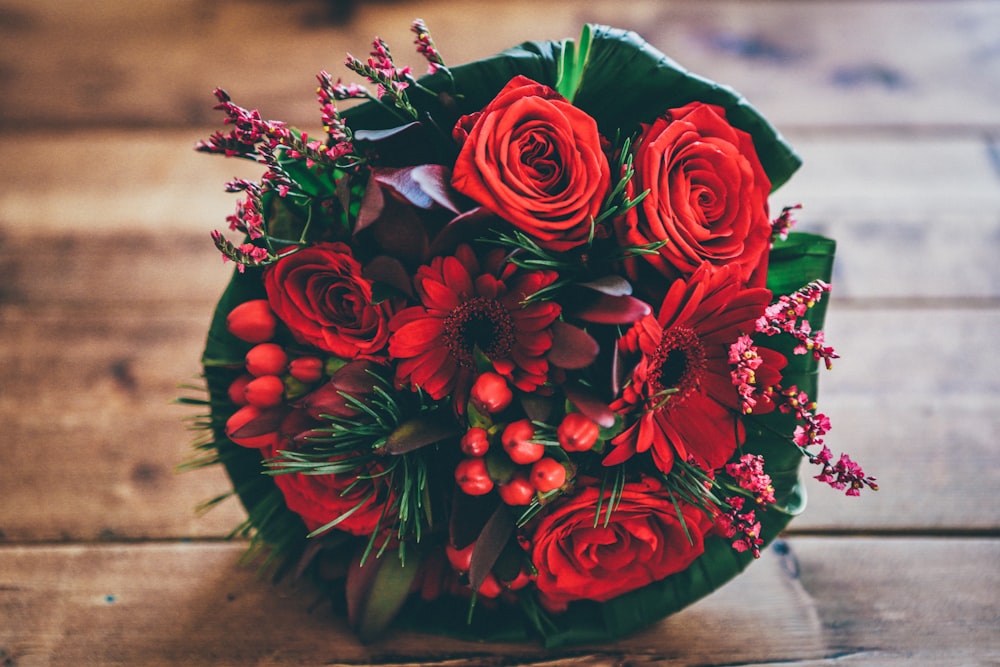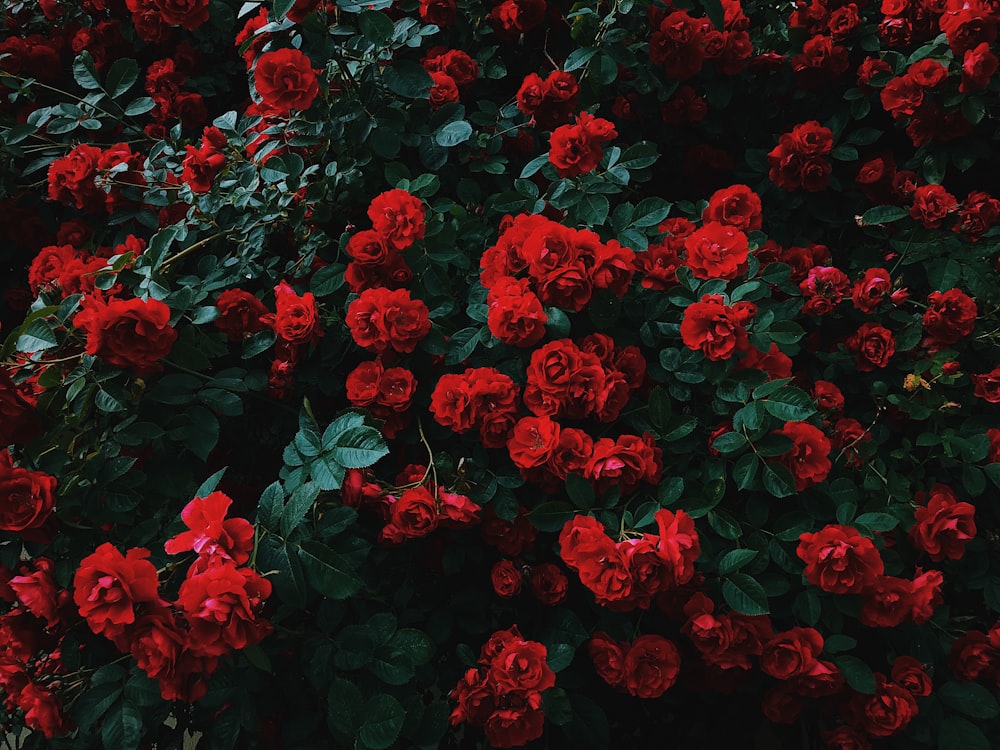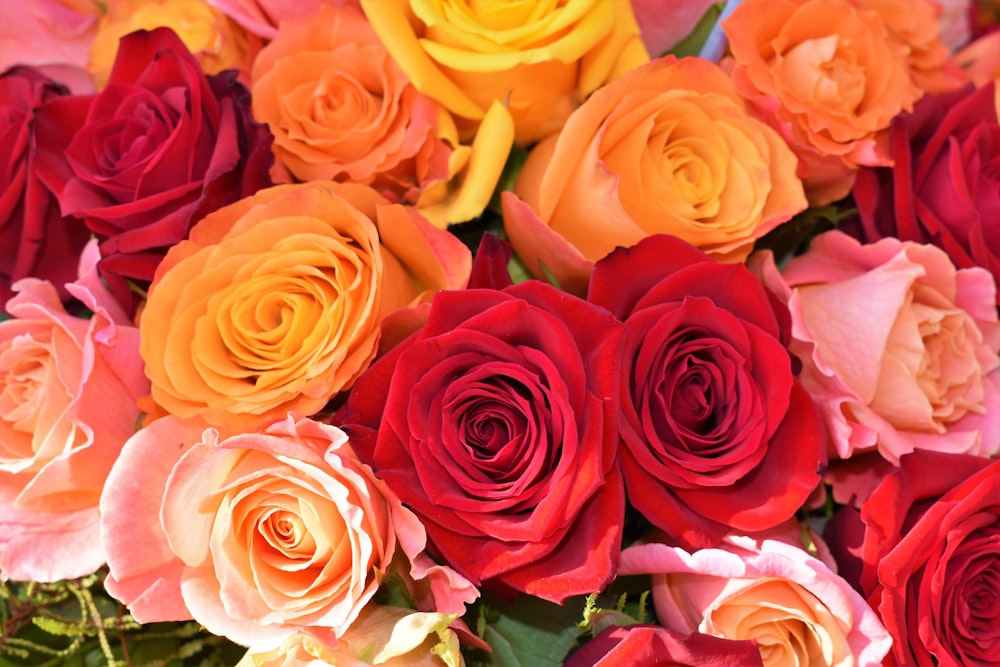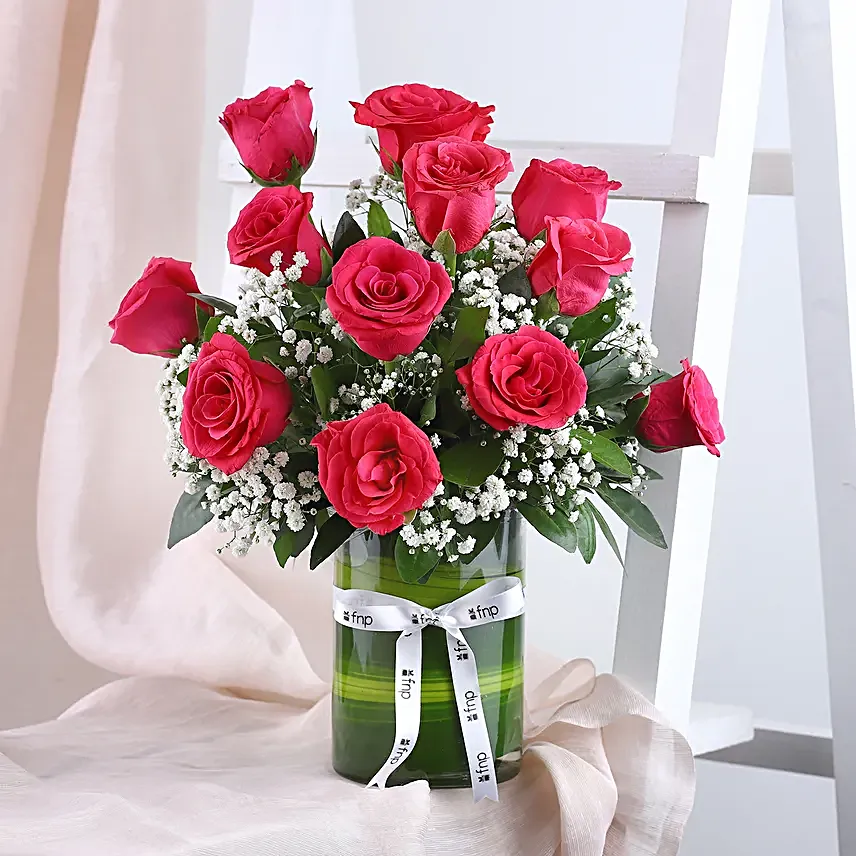Roses are Red, Sky is Blue.
Here are some interesting facts about red roses for you.
Roses are the most gorgeous flowers ever known to mankind. They are highly popular for their beauty, fragrance and versatility. Though they are available in a myriad of hues, there is no denying the beauty and charm of a red rose. Either grow them indoors or prepare gorgeous rose bouquets/gifts for someone special – the flowers are a timeless beauty that is truly a sight to behold. But there is more to the surface than meets the eye. In this blog, we walk through the interesting and never-heard-of-before facts about red roses that will vouch for the fact that they are called the queen of flowers.
Origin of the Name ‘Rose’

Source: Unsplash
The word ‘Rose’ originally hails from the Arabic dictionary. According to Skeat, it comes from the Latin Rosa and this from the Greek word Rodon which is of Semitic origin and cognate to wardah (Arabic).
History of Red Roses

Source: Unsplash
The history of red roses traces back to Greek and Roman mythology. The flower is associated with the Goddess of Love, i.e. Aphrodite. The flowers came to life with her tears and her lover’s blood when he was wounded by a wild boar.
Moving onto Roman mythology, the flower is linked with Goddess Venus. The story has it that when she was trying to warn her lover, Adonis, about a conspiracy to kill him, she cut her ankle while running through a thorny bush. Her blood then changed into blooming roses wherever it touched.
But that’s not it! There’s more to the history of these blooms. It is even connected with the early Arab conquests and the history of the Caliphate. So, you see – There are many tell tales but the rose is one of its kind.
Emphasis on Red Roses

Source: Unsplash
In 1794, Robert Burns, the Scottish poet, penned his deep love for the flower in his poem ‘A Red, Red Rose’. During the Victorian Era, in Europe, public display of affection (PDA) was frowned upon and thus, this flower in particular was used to send a message of love. Moreover, in Alice in Wonderland, the Queen of Hearts adored the roses too much to make her gardeners frantically paint the roses red. They feared the queen would cut off their heads if she came to know that they planted white roses by mistake!
Significance of Red Roses

Source: Unsplash
In Islam, the rose is called the flower of Heaven. It is said that people perceive the flower as a symbol of the human soul. Henceforth, they associate the enchanting scent of roses with spirituality. Due to this very reason, the carpet of roses is often used as wedding flowers and also at funerals in Islamic culture.
A Splendid Symbol of Love Across Cultures and Beyond
The significance of roses goes beyond their velvety petals and intoxicating fragrance. For a flower that is as old as time, roses hold deeper meanings that vary across cultures. Some of them are –
- Red Roses in Western Traditions: In Western cultures, red roses are undeniably linked to romantic love. They are a forever expression of deep affection, desire and commitment. A single red rose signifies devotion, while a dozen symbolises ‘Be Mine.’ In fact, 24 roses express ‘Forever Yours.’ Red roses are a staple during Valentine’s Day, weddings and anniversaries to represent the blossoming love between the couple.
- Red Roses in Eastern Cultures: While red roses often symbolise love in the East as well, their meaning can take on additional layers. In China, these flowers represent not just romantic love, but also good luck, prosperity and happiness. They are often seen during Chinese New Year celebrations and other festive occasions. In Japan, the deeper the red shade, the more passionate the love it conveys. Even if you buy a single stemmed rose, it conveys feelings of respect and congratulations.
- Red Roses in Funerals: Red roses, particularly darker shades, can also represent grief and loss in some cultures. During the Victorian era, they were used in funeral arrangements to express sorrow and mourning. This tradition continues in some parts of the world today.
- Red Roses Through Time: In Greek mythology, the red rose is associated with Aphrodite, the goddess of love and beauty. Legend tells us that a red rose grew from the ground watered by Aphrodite’s tears and the blood of her lover, Adonis. They also played a vital role in Roman culture, symbolising passion and victory. Centuries later, red and white roses became emblems for the opposing factions in England’s infamous War of the Roses.
Meaning when Combined with Other Colours

Source: Unsplash
When combined with other colouful roses, the flower gives way to a new meaning. For example:
- A flower arrangement of red and white roses symbolises the union of two souls.
- Red and pink roses reflect happiness, affection and admiration. Together, they make a perfect gift for birthdays and anniversaries.
- Red and yellow-coloured flowers convey joy, love and affection, making them the perfect gifts for her/him, friends and colleagues.
- Today, we also have forever roses that make a gift of a lifetime.
Interesting Facts About Red Roses

Now that you are well-versed with roses through time, here are some rose fun facts that you might not know –
- The vibrant red colour comes from pigments called anthocyanins. Interestingly, the soil pH level can affect the shade of red, with more acidic soil producing bluer reds.
- The captivating fragrance of a red rose results from a complex blend of volatile organic compounds. These fragrant molecules not only attract pollinators but also have mood-boosting properties.
- There are 30,000+ varieties of roses, with red being one of the most popular colours. Each variety offers a unique combination of colour, size, fragrance and petal count.
- Victorians developed a complex ‘language of flowers,’ where each blossom held a specific meaning. A single rose conveyed a message of ‘I love you,’ while a thorny red rose symbolised the pain and challenges that often accompany love.
Long story short, roses are the most prominent flowers that give out lovely vibes and are everyone’s favourite. They are a universal symbol of love & affection and therefore, perfect for occasions like Valentine’s Day, weddings and anniversaries. We hope you enjoyed learning these facts as much as we enjoyed sharing them.






